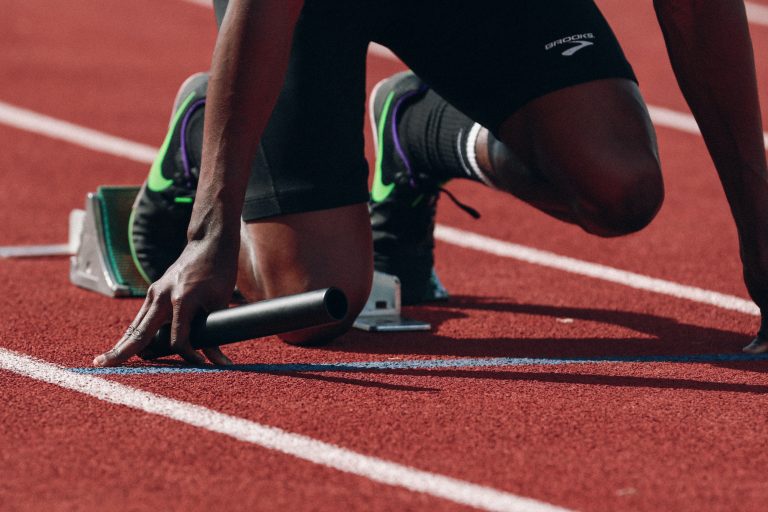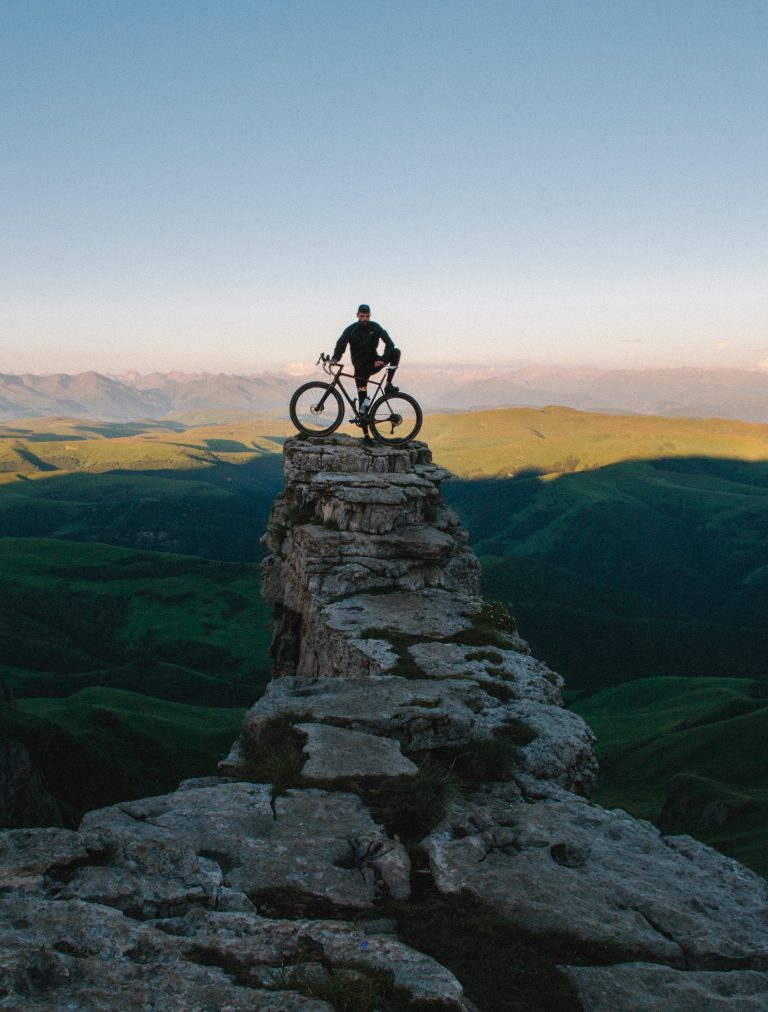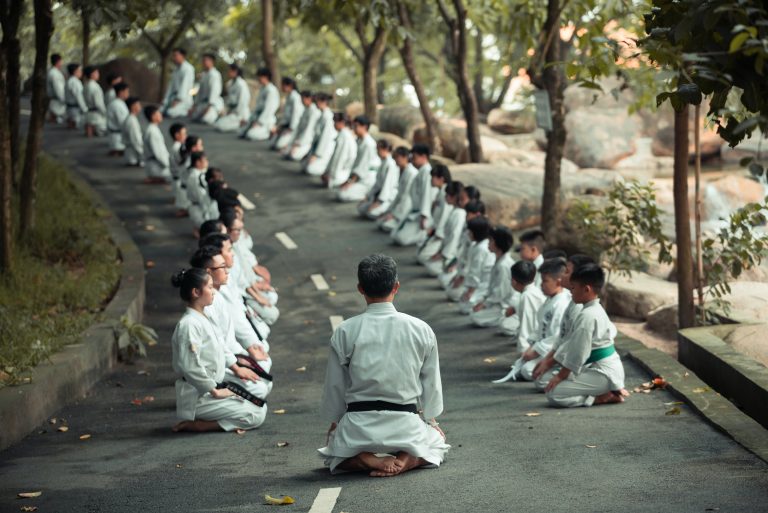Karate: Is it the Right Martial Art for You?
When it comes to martial arts, there are numerous options available. Karate is one of the most popular and oldest of the combat sports, with a rich and long-standing history. In this blog post, we’ll explore everything you need to know about karate to decide if it’s the right choice for you. We’ll look at the history of karate, specific styles of the martial art, benefits, and the associated costs, as well as tips on how to find the right dojo for you.
The Background and History of Karate
Karate has origins in Okinawa dating back to the 14th century. The martial art evolved from traditional Okinawan kenpō, Chinese martial arts, and indigenous combat techniques native to the Ryukyu islands. The term “karate” translates to “empty hand”, as practitioners rely on their own body as a weapon without any weapons or tools.
Karate was originally taught only in Okinawa until 1922 when Gichin Funakoshi brought it to mainland Japan. Funakoshi is sometimes referred to as “the father of modern karate” due to his efforts in introducing the martial art to a much larger audience. In 1935, karate was recognized as a formal Japanese martial art and in 2012, it was officially added as a sport to the Olympics.
Karate is now considered one of the world’s most widely practiced martial arts, with many practitioners found in countries like the US, Japan, Brazil, and more.
The Different Styles of Karate
Karate is divided into six main styles: shotokan, goju-ryu, wado-ryu, shito-ryu, shito-ji-ryu, and shorin-ryu.
- Shotokan: This style of karate was developed by Gichin Funakoshi. It’s characterized by its long and slow stances and linear movements with dynamic hip rotations.
- Goju-ryu: This style combines both hard and soft elements, as it is dominated by strong linear punches with circular blocks. Roundhouse kicks are also seen.
- Wado-ryu: This style is focused on evasion and redirecting force away from the practitioner’s body. It incorporates more of a Japanese influence with judo throws and other joint locks.
- Shito-ryu: This style combines elements from both Shotokan and Goju-ryu and emphasizes powerful strikes blended with evasive technique. More dynamic hip rotations are also seen.
- Shitō-ji-ryu: This style is focused on techniques for taking down an opponent quickly and usually combines elements from other traditional styles of karate.
- Shorin-ryu: This style incorporates many kicks with swinging punches, often focusing on the zone within arm’s reach.
Benefits of Practicing Karate
Karate has numerous physical and mental benefits which explain its huge popularity among people of various ages. Let’s take a look at some of the advantages of practicing this martial art:
- Fitness: Karate blends strength training, cardio, and flexibility into one activity. Participants will notice quick improvements in flexibility and strength by consistently engaging in classes and performing short bursts of exercise throughout the day can help boost your overall fitness levels.
- Self Defence: Karate provides many tools for defending oneself in both physical and psychological confrontations with an opponent. Not only does it teach you how to block kicks and punches, but also how to deal with aggressive behavior in any situation.
- Stress Relief: Karate encourages deep breathing while performing movements which can help relieve stress. Through its focus on discipline, determination, and concentration it can be helpful in calming the mind.
- Confidence: Students gain confidence from learning to defend themselves through mastering skills such as blocking and punching techniques. Confidence also grows when a student reaches a new belt level or learns a new technique during a class.
Costs Associated With Karate
Karate classes can come with several associated costs. Many dojos charge registration fees as well as fees for classes, uniforms, and events. Fees can vary depending on the dojo’s location and teaching style. Check with your local dojo for specific costs and costs associated with different services or events they offer.
In addition to fees associated with classes and events, many dojos also require materials such as sparring gear (headgear, hand wraps, shin/foot pads, etc.) or weapons (such as bo staffs or sai). Prices for these items can vary depending on the quality you desire.
Finding the Right Dojo
Now that you know the basics about karate, what style may be right for you, the benefits that it provides, and the associated costs with participation – you’re ready to find the right dojo! Here are some tips for finding the perfect dojo for you:
- Research: Spend some time researching available dojos in your area using search engines or specialized sites like DiscoverKarate. Look into their fees, classes offered, instructors credentials and more.
- Trial Classes: Most dojos offer trial classes for prospective members – take advantage of them! These classes will let you experience first hand what karate has to offer.
- Observe Others: Spend some time observing classes at different dojos – observe student interactions as well as instructor critiques. Is the atmosphere conducive and encouraging? Or is it more intense or overly competitive?
Remember that no two dojos are alike – like all martial arts disciplines there will be different styles where attention may be paid to different aspects of karate – find the right one for you!
Conclusion
Karate is an ancient martial art with benefits for both mind and body. It provides many opportunities for self improvement not only through physical strength and flexibility but also mental discipline. With its many styles and localizations there is certainly something for everybody. The associated costs vary depending on location, facilities offered and more but should not be seen as a deterrent but rather an investment in yourself. So if you are looking for an exciting way to stay active physically and mentally – give karate a try!
Karate: Is it the Right Martial Art for You?
If you are considering learning martial arts, you may have come across the term „Karate.“ Karate is a popular form of martial arts that originated in Okinawa, Japan, and has been growing in popularity around the world as a form of self-defense, sport, and exercise.
But, is Karate the right martial art for you? Here are some frequently asked questions and answers to help you make your decision.
1. What is Karate?
Karate is a martial art that focuses on striking and blocking techniques. Karate uses various punches, kicks, knee strikes, and elbow strikes to hit an opponent. Karate practitioners also use various blocks to defend themselves from their opponent’s strikes. Additionally, Karate includes various throws and joint locks, making it a well-rounded martial art.
2. Who can practice Karate?
Karate is suitable for anyone, regardless of age or gender. It offers numerous benefits, including physical, mental, and emotional benefits. Its non-violent nature and focus on self-defense are an excellent outlet for frustration and aggression, making it ideal for individuals who want to improve their self-defense skills, boost their confidence, and stay physically active.
3. Is Karate a good workout?
Yes, Karate is an excellent workout. Karate training can improve your cardiovascular health, coordination, flexibility, and strength. It involves various forms of physical activity, including punching, kicking, jumping, and stances that can help you tone your muscles and burn calories.
4. Can Karate help with self-defense?
Yes, Karate is an effective self-defense system. It teaches you how to strike and kick with precision, deflect attacks, and use leverage to take down your opponent. Karate emphasizes using your opponent’s strength against them, making it suitable for anyone who wants to learn how to defend themselves against attackers who are bigger and stronger.
5. Is Karate expensive?
The cost of Karate classes can vary, depending on the school, location, and instructor. Some Karate schools offer discounts for longer-term commitments, and many offer free trial classes, which can help you decide whether Karate is the right martial art for you.
6. Are there different styles of Karate?
Yes, there are various styles of Karate, including Shotokan, Goju-Ryu, Shito-Ryu, Wado-Ryu, and Kyokushin. Each style has its unique techniques, training methods, and philosophies. It’s essential to research the different styles of Karate to find the one that suits your needs and goals.
7. How long does it take to become proficient in Karate?
Becoming proficient in Karate takes time, practice, and dedication. It generally takes several years of consistent practice to reach a high level of proficiency in Karate. However, it’s essential to remember that progress varies from person to person and depends on the individual’s dedication, discipline, and natural talent.
8. Can Karate be practiced competitively?
Yes, Karate can be practiced competitively. Competitive Karate involves sparring matches between two opponents, with points awarded for strikes and blocks. Karate competitions are usually divided into weight classes and belt levels, so competitors can compete against others of similar skill levels.
9. Do you need any special equipment to practice Karate?
To practice Karate, you typically need a Karate gi (uniform) and a belt that corresponds to your skill level. Some Karate schools may also require you to wear foot pads and hand pads to protect yourself and your opponent during sparring matches.
10. What are the benefits of practicing Karate?
The benefits of practicing Karate are numerous. Karate training can improve your physical fitness, mental health, and emotional well-being. It can help you develop your self-defense skills, boost your confidence, and reduce stress. Additionally, Karate promotes discipline, respect, and humility, making it an excellent activity for individuals of all ages and backgrounds.
Conclusion
Karate is an exciting and challenging martial art that can benefit anyone who wants to learn self-defense, stay active, or improve their mental and emotional well-being. It’s essential to research the different styles of Karate and find a qualified instructor who can teach you the techniques, principles, and philosophy of this ancient martial art. Whether you’re a beginner or an experienced martial artist, Karate has something to offer everyone.
Inhaltsverzeichnis






